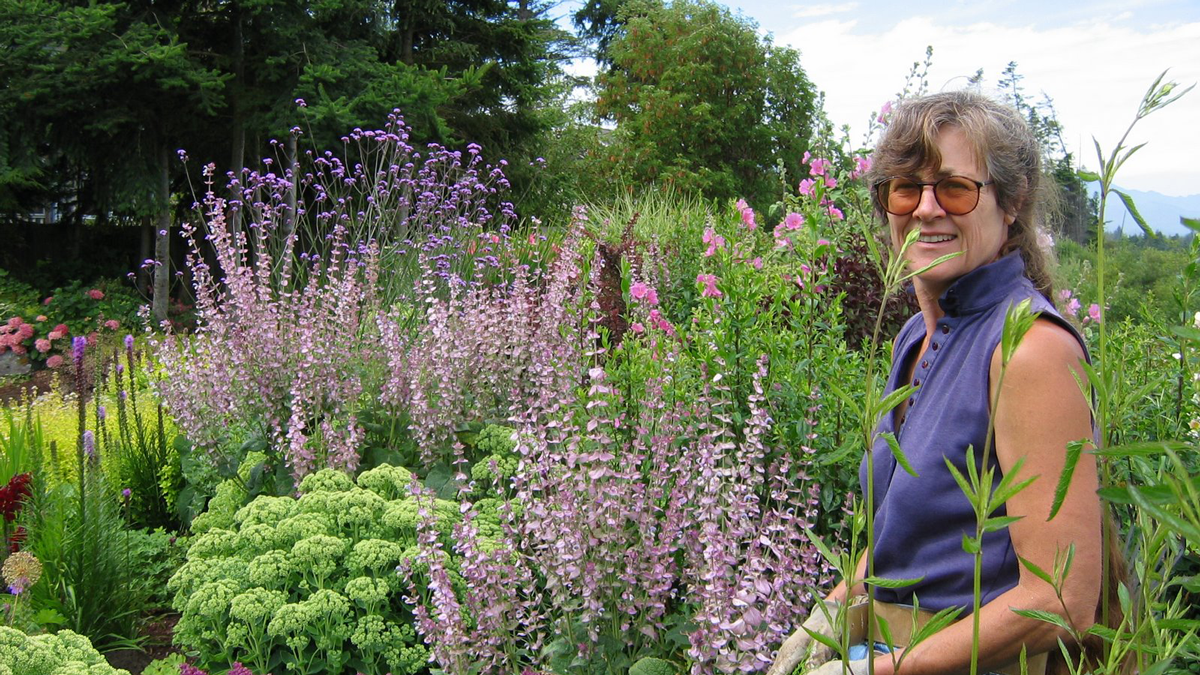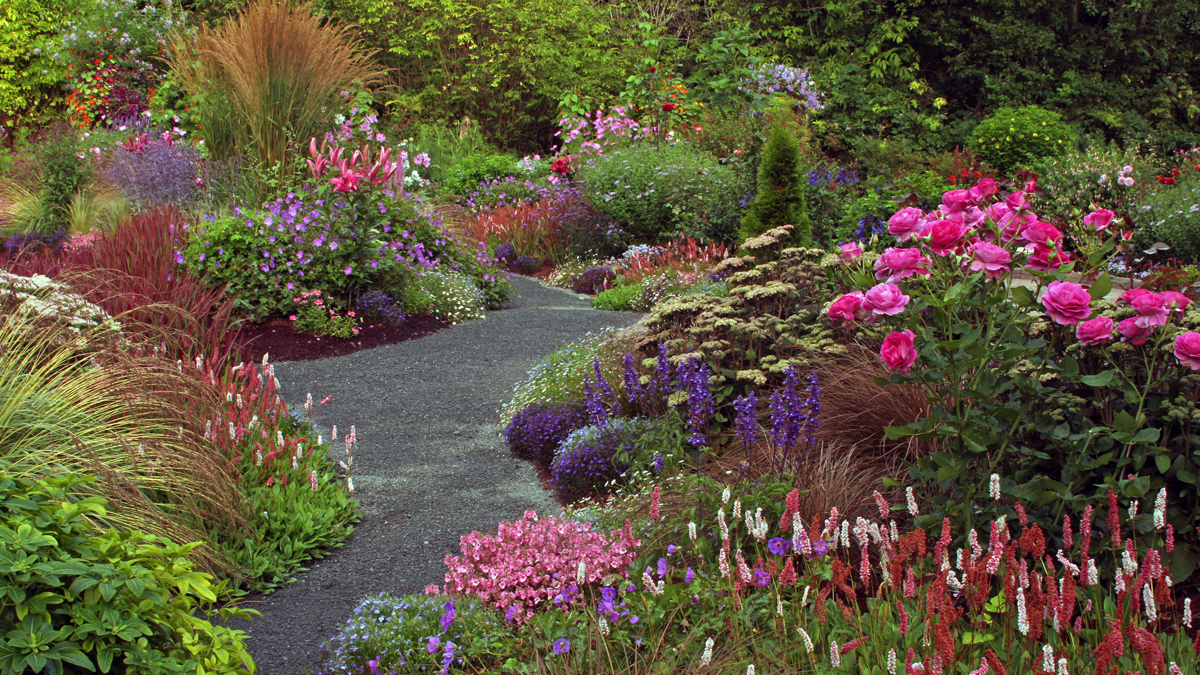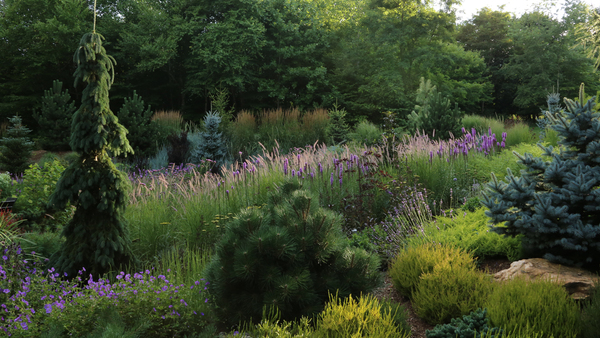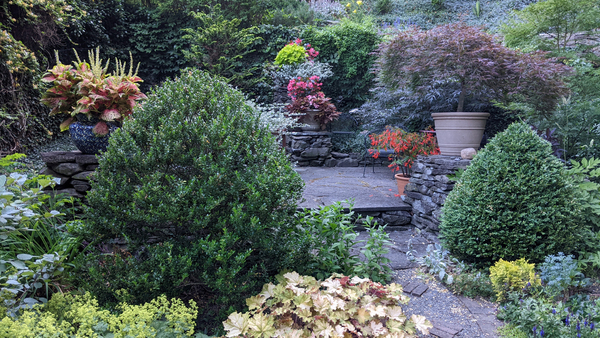Most of us want our gardens to look fabulous all the time, no matter the season. That’s great if you are willing to put in the time and money required to make it that way. Yes, it’s certainly possible to have a garden that looks like it’s at its peak in spring, summer, fall, and even winter—especially if your garden is large enough to accommodate the amount of plants needed to make that happen. But let’s be honest—getting the garden to shine all the time takes a lot of effort. You’d need to plant an evergreen framework for the background, then add spring-blooming bulbs, early-blossoming shrubs and ephemerals, summer stars, and fall standouts. It sounds lovely, doesn’t it? Of course, as these scores of plants die back, go out of bloom, or get too big for their allotted spots, they need to be pinched, pruned, divided, cut down, and perhaps hauled away. This carefully constructed symphony takes considerable knowledge, skill, sweat, and space to pull off. Many gardeners might enjoy a certain amount of work outside but, understandably, might not have the time to spend the hours upon hours necessary to make a garden that is at peak performance in every season. For those folks, designing a garden that peaks during a specific window of time might be the answer to easily getting a landscape that looks good most of the year.
Garden designer Sharon Nyenhuis is a master at designing for one peak. The landscapes that she plans, plants, and maintains in the Pacific Northwest are a perfect example of spaces that look magnificent during a six-to-eight-week window and then age gracefully into a more subdued—yet still compelling—sight as the months pass. Perhaps the best example of this approach to design can be found in the backyard of Beth and Cappy Rothman and their garden that sits at the foot of Olympic National Park. This private landscape, designed by Sharon, makes the surrounding scenery of the gorgeous mountains and Pacific Ocean play second fiddle. Tour the garden to see just how designing for one peak can result in a truly magical space.



For more information


















Comments
The annual diascia and an assortment of roses and Asiatic lilies and perennial geraniums!
Online for free cookie clicker
Log in or create an account to post a comment.
Sign up Log in